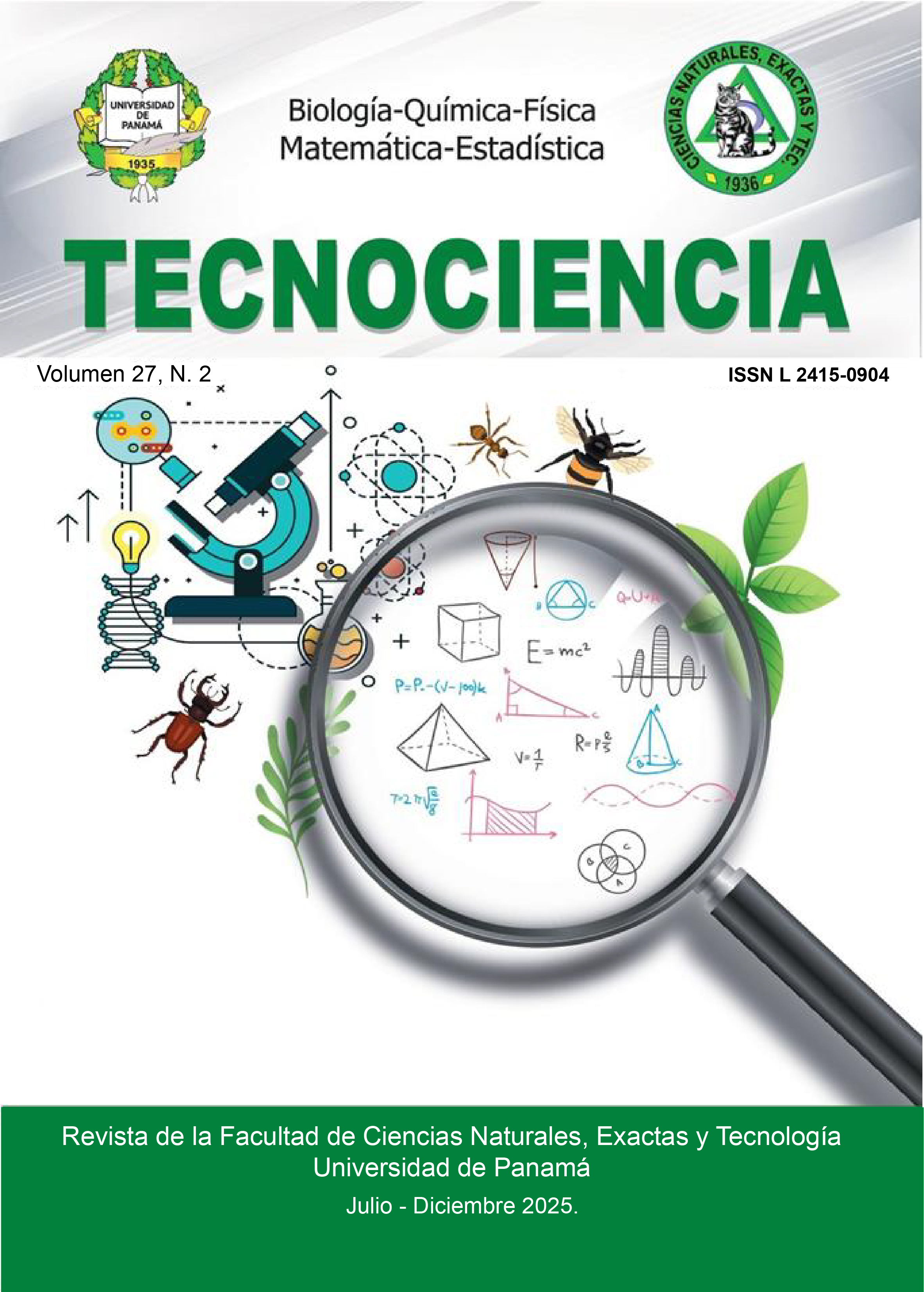

Copyright (c) 2025 Tecnociencia

This work is licensed under a Creative Commons Attribution-NonCommercial-ShareAlike 4.0 International License.
Areas prone to the generation of earthquakes that leave considerable damage require seismic hazard studies. Performing a site effect analysis is one of the most important parameters in this process. To know the site effect, there are various techniques, one of them is the empirical methodology of the H/V spectral ratio (that is, the ratio between the Fourier amplitude spectrum of the horizontal and vertical components of microseisms). The technique developed by Nogoshi and Igarashi (1971) and disseminated by Nakamura (1989) as the H/V spectral ratio, allows obtaining the fundamental periods of the ground in the study region. This is one of the techniques that microtremors use for seismic microzonation (Rivera-Alvarez, 2019).
We apply this technique at different points, especially near important buildings, in the Casco Viejo of Panama City as support for the preservation of the historical heritage of Panama, with broadband seismometers. Resulting in soils that mostly comprise hard to compact soils with short periods, less than 0.25 seconds.